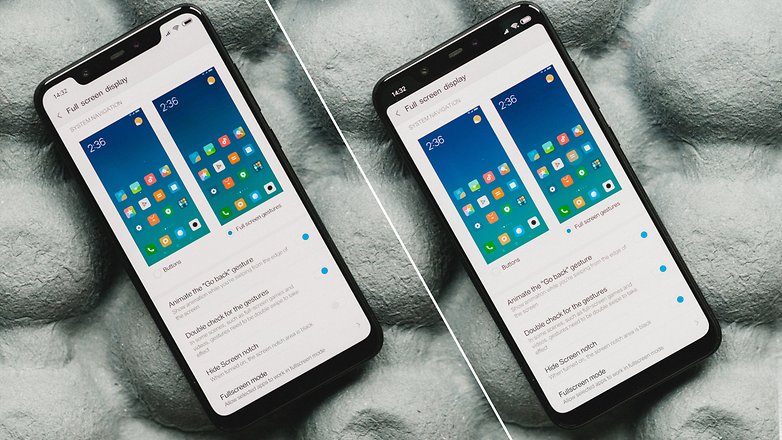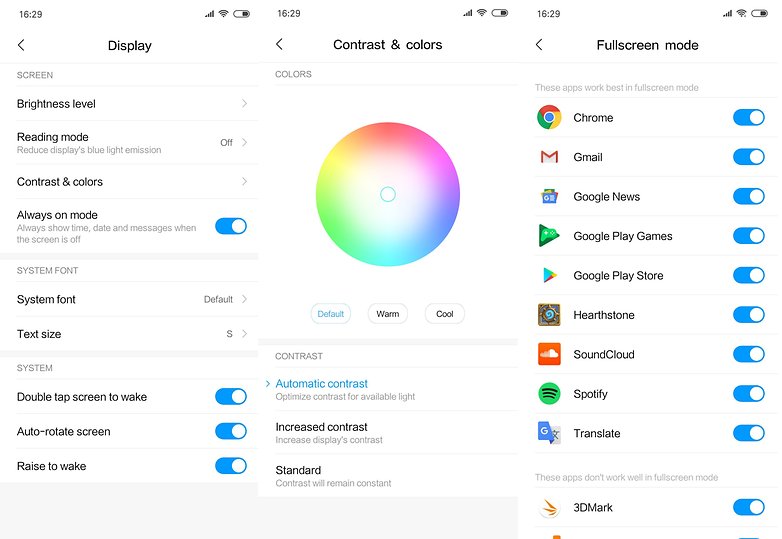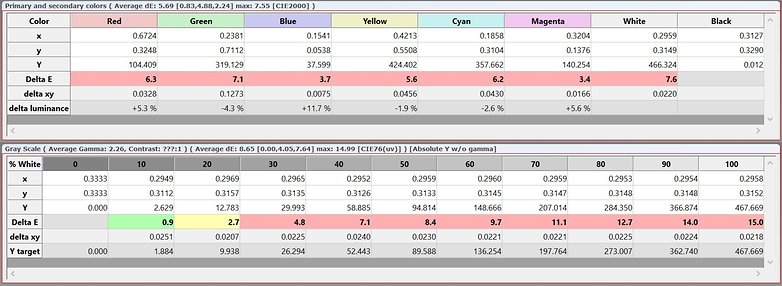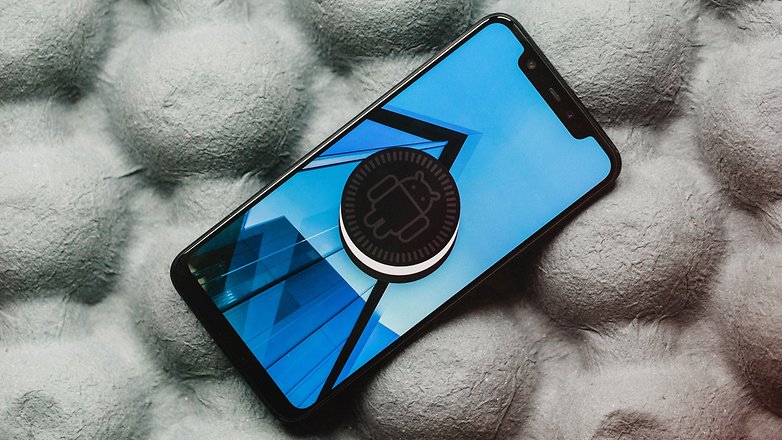Yes, Xiaomi has equipped its latest flagship with an OLED display featuring a notch cutout, just like Apple did with iPhone X. Like it or not, the display of Mi 8 must still show that it can compete in a world of increasingly advanced flagships and where multimedia content is the focus of the experience on smartphones, and that’s exactly what we’re testing in this article.
A good panel that keeps up with trends
Xiaomi has finally decided to rely on an OLED panel for its new top of the range. The IPS panel of Mi MIX 2S has always been, although pleasant and of excellent workmanship, one of the weak points of the smartphone (in my opinion) especially for the lack of an Always on display. With the Mi 8, Xiaomi used a 6.21″ AMOLED display with 18.7:9 form ratio and FullHD+ resolution (1080×2248 pixels).
Compared to the 18:9 ratio used on Mi MIX 2S, the display is slightly longer. Why is that? Because Xiaomi has followed current trends and introduced a notch. The screen surface ratio of Mi 8 reaches a value close to 84% which is definitely high despite there are smartphones like OPPO Find X that have broken through the wall by 90%.

Fortunately you can disable the notch from your smartphone settings even though I’ve never really felt the need on any of the smartphones with the notch used so far. The glass protection positioned above the display has been updated using the Gorilla Glass 5 not present on the MIX series smartphone.

If only all content were in HDR…
The display of Xiaomi Mi 8 is pleasant and I have not encountered any major problems during my days with the smartphone. The contrasts are excellent thanks to OLED technology and the colors are well balanced.
Basically, the white panel is slightly light blue but can be calibrated by the settings of the smartphone both in temperature and saturation of colors. Just out of the box the smartphone is calibrated for bright colors but not overly saturated and honestly I found it really nice. The possibility of changing these aspects of the display is, however, a plus.
The display covers the sRGB and DCI-P3 color spaces very well, as shown by our test carried out in the office with the appropriate measuring instrument.
The only note I can make is about the maximum brightness of the display: I’m not talking about the maximum brightness physically obtainable from the panel but about the maximum brightness that can be used.
By deactivating the automatic brightness and setting the maximum display intensity, we were able to record a value of about 500 nits with our DataColor Spyder 5 Elite. A sufficient value but not reaching those of the most famous flagships, under direct sunlight the contents with dark tones (Twitter and Feedly with the black theme) are difficult to read.

It is a pity because this panel can do much better. The display is certified to the HDR10 standard and, when viewing such content, the brightness and intensity of the colors is much better than normal. As we know not all content is HDR, unfortunately…
Probably because of the Chinese firmware used on my smartphone (which doesn’t have the Google App natively) I was unable in any way to view HDR content from the world’s most popular video streaming platform. Let me explain: videos are played, YouTube signals the use of HDR content but the display remains faded and dull.
You’ll notice the lack of color and brilliance by putting another smartphone with an HDR display next to it and playing the same video. Watching HDR10 test videos from the gallery or with VLC returned the desired results, no substantial problem with the video format therefore. Probably the international version of MIUI will solve the problem.
Choose your compromise
If you are interested in a Xiaomi flagship, you’ll have to choose your compromise: do you want a smartphone without a notch and do you not mind an IPS panel even if this means giving up the Always on display? Mi MIX 2S is the choice to make because the other features of the smartphone are the same. In addition, the MIX series features a ceramic body and a more original appearance.
If you can’t survive without an OLED display because of the habit of the colors offered or the AOD and you’re willing to live with a notch, Xiaomi Mi 8 will not disappoint you. Personally, I prefer the quality of the display of Mi 8 even if it is only slightly better than MIX 2S, though the MIX remains my favorite of the two overall.
The final choice is reduced to pure personal taste: AMOLED or IPS, notch or not, unique design or current trends.
How important is the display for you when choosing a new smartphone?


